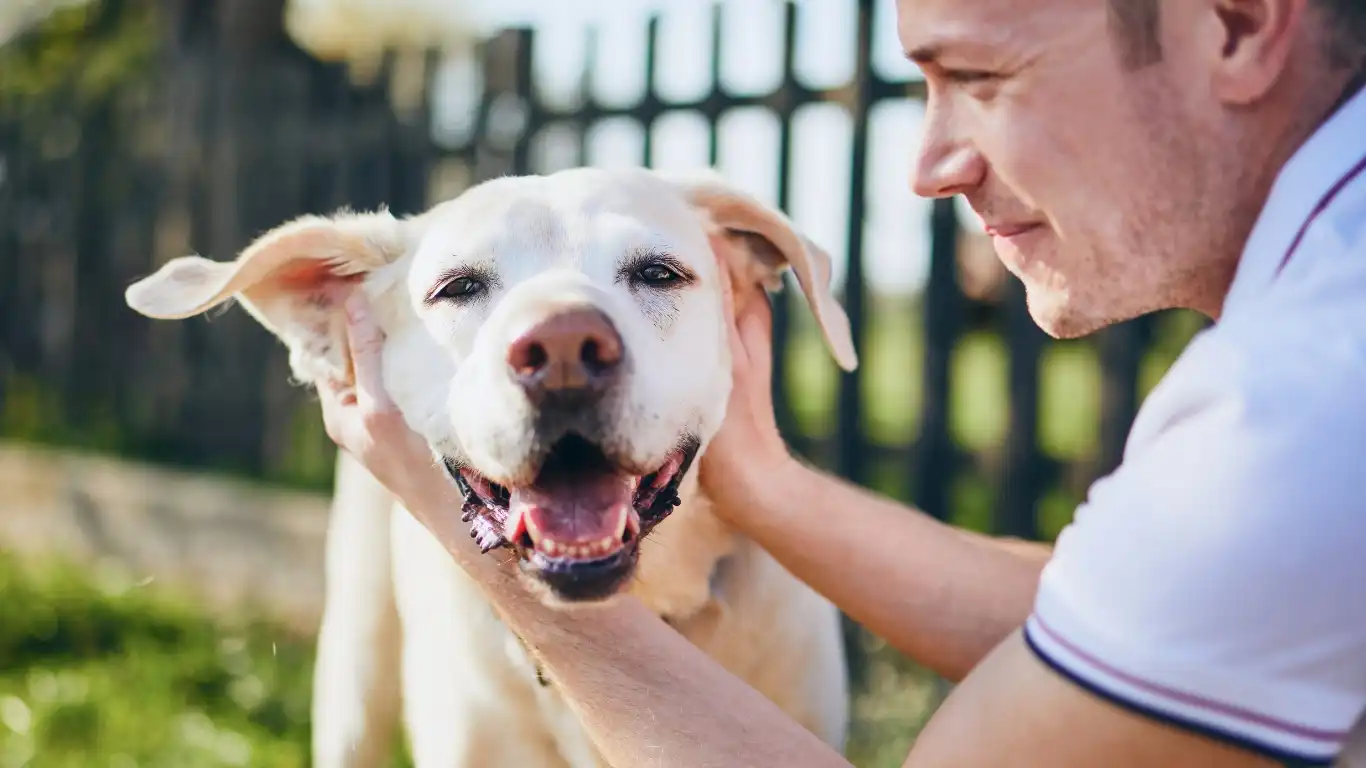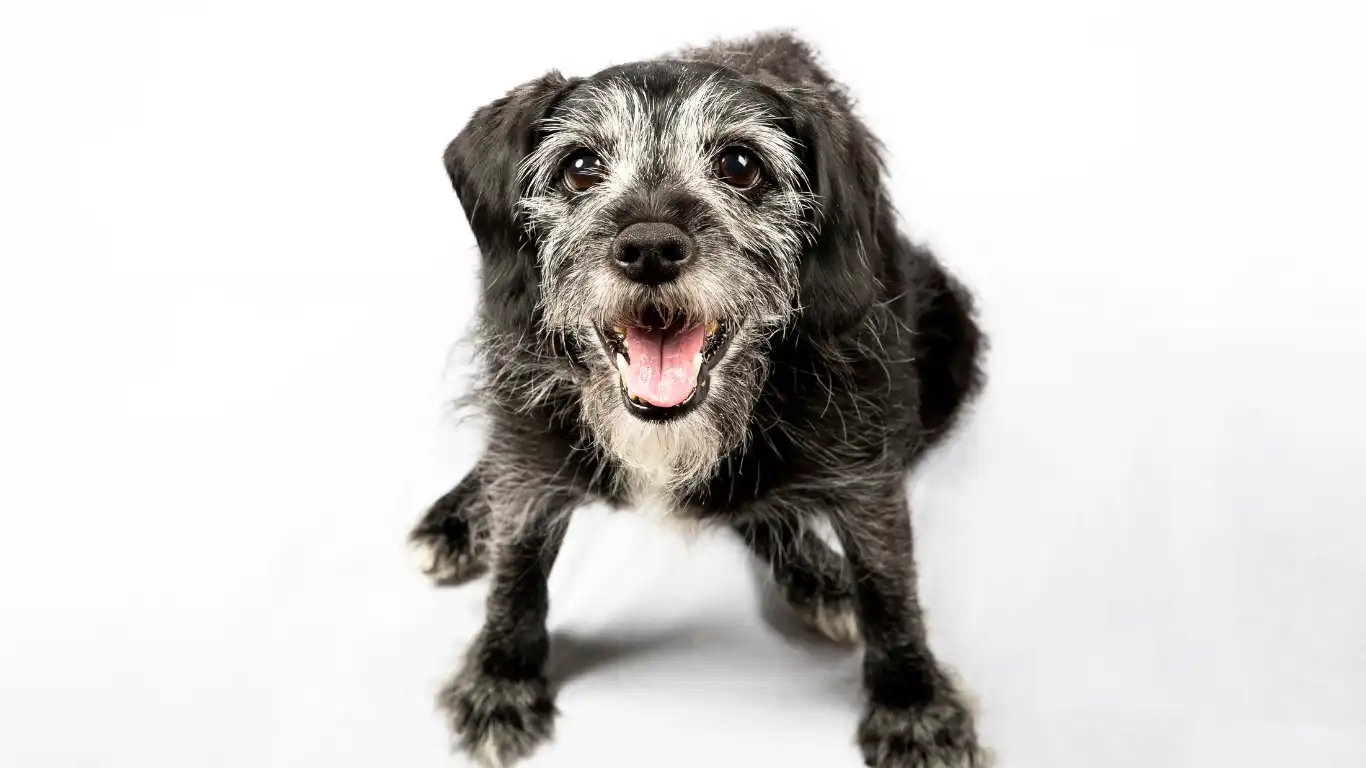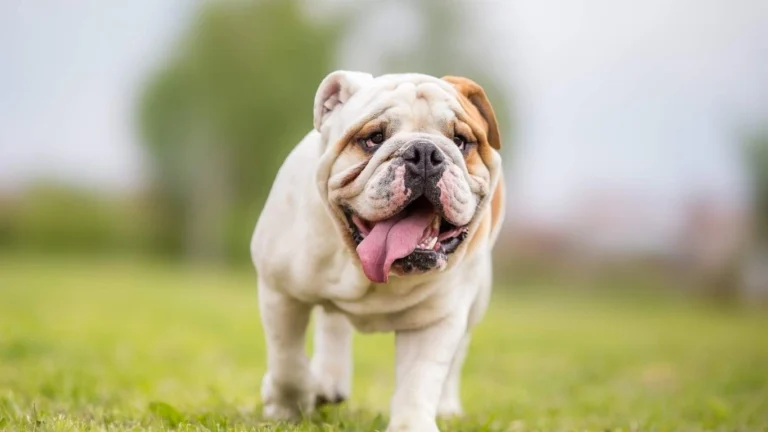How to Maintain Your Dog’s Coat with Natural Products for a Healthy Shine
When it comes to keeping our furry friends looking and feeling their best, how to maintain your dog’s coat with natural products is a question I get asked all the time. As a Veterinary Technician with a specialty in nutrition, I’ve seen firsthand how important a healthy coat is—not just for appearance, but for a dog’s overall well-being. A shiny, soft coat usually means your pup is thriving inside and out. So, if you’re like me and want to avoid harsh chemicals or unnecessary additives, embracing natural care options can make a world of difference.
Why Natural Products Matter for Your Dog’s Coat

From my experience working with dogs, I’ve noticed that natural products often outperform commercial shampoos packed with synthetic ingredients. These conventional products might give a quick shine, but they can strip essential oils from the skin, causing dryness, irritation, and even shedding problems over time. Natural products, on the other hand, work gently with your dog’s skin, nourishing it while keeping the fur soft and vibrant.
What’s more, many natural products contain ingredients that have healing properties. Take coconut oil, for example—one of my favorites to recommend. It’s packed with fatty acids that soothe itchy skin and improve coat texture. Plus, it’s safe and easy to incorporate into your grooming routine.
Understanding Your Dog’s Coat Type

Before diving into which natural products to use, it’s important to understand your dog’s coat type because what works for a short-haired lab might not be ideal for a long-haired collie. Dogs generally fall into a few broad categories:
- Short-haired: Smooth coats that lay close to the skin, like Beagles or Boxers.
- Double-coated: Thick undercoat with a protective outer layer, common in breeds like Huskies and Golden Retrievers.
- Curly or wiry coats: Breeds like Poodles or Terriers that require different care to prevent matting and dryness.
Knowing this helps you pick the right oils, conditioners, and grooming frequency. For example, a double-coated dog benefits from natural detanglers and moisturizers that keep the undercoat healthy without weighing it down.
Essential Natural Ingredients to Look For

There’s a wide array of natural ingredients out there, but some are absolute staples when it comes to maintaining your dog’s coat naturally. Here are a few that I always recommend:
- Coconut Oil: It’s moisturizing, antibacterial, and safe to use both topically and as a dietary supplement. I often suggest applying a small amount to dry patches or mixing it into meals.
- Aloe Vera: Known for its soothing properties, aloe vera helps calm irritated skin and can be found in many natural dog shampoos.
- Oatmeal: Perfect for sensitive or itchy skin, oatmeal-based shampoos cleanse gently while providing relief.
- Shea Butter: An excellent moisturizer for paws and dry skin spots that tend to get overlooked.
- Essential Fatty Acids (Omega-3 & Omega-6): These support coat shine from the inside out. I often work with pet owners to adjust their dog’s diet or recommend supplements rich in these nutrients.
Integrating these ingredients into your dog’s grooming routine can really make a difference. And the best part? Most of these natural products have little to no side effects, making them great for pups with sensitive skin or allergies.
How to Incorporate Natural Products Into Your Dog’s Grooming Routine

Now that we’ve talked about the why and what of natural products, let’s get into the how. From my years working as a Veterinary Technician, I’ve learned that the key to maintaining a dog’s coat naturally is consistency—and knowing your dog’s unique needs.
One thing I always tell pet parents is: don’t expect overnight miracles. Natural products work gently and build results over time. Here’s how you can weave them into your regular grooming routine without stress or fuss.
1. Choose the Right Shampoo and Conditioner
First things first, switch to a shampoo that’s formulated with natural, skin-friendly ingredients. Avoid anything with sulfates, parabens, or artificial fragrances, which can cause dryness or allergic reactions. A good oatmeal-based shampoo or one with aloe vera is often a safe bet for most dogs.
If your dog has a thicker or longer coat, consider adding a natural conditioner made with coconut oil or shea butter to keep tangles at bay and add extra moisture. When I’ve recommended these to clients, they often notice softer, shinier fur within just a few washes.
2. Regular Brushing is a Must
Brushing is more than just keeping your dog looking neat—it actually distributes natural oils across the coat, which is essential for that healthy glow. The right brush depends on your dog’s coat type, but even a simple soft-bristle brush works wonders.
Personally, I encourage pet owners to set aside a few minutes daily or every other day for brushing. This not only boosts coat health but also strengthens the bond between you and your dog. Plus, it’s a great way to catch any skin issues early, like hotspots or dry patches.
3. Boost Nutrition for Better Skin and Fur
One of the biggest takeaways from my experience is that a healthy coat starts from within. If your dog’s diet lacks essential fatty acids or vitamins, no topical product will work as well.
Consider supplements rich in Omega-3 and Omega-6 fatty acids—think fish oil or flaxseed oil. These can dramatically improve coat texture and reduce shedding. I’ve seen dogs who used to have dull, brittle fur transform after just a few weeks of adding these supplements to their meals.
Don’t forget hydration, too. Plenty of fresh water supports skin elasticity and fur health. Simple but often overlooked!
DIY Natural Treatments You Can Try at Home

If you’re like me and love a little hands-on care, DIY natural treatments can be both effective and budget-friendly. Here are a few of my favorites that I often share with clients:
- Coconut Oil Coat Mask: Warm a small amount of coconut oil until it’s liquid (just warm, not hot), then massage it gently into your dog’s coat and skin. Leave it on for about 15–20 minutes before rinsing with a gentle shampoo. This helps hydrate dry skin and adds a natural shine.
- Oatmeal Soothing Bath: Grind plain oatmeal into a fine powder and add it to warm bath water. Soak your dog for 10-15 minutes. This is especially helpful for pups with itchy or sensitive skin.
- Aloe Vera Spray: Mix pure aloe vera gel with a bit of distilled water in a spray bottle. Use it as a light mist after brushing to calm irritated skin and add moisture.
When doing DIY treatments, always do a small patch test first to make sure your dog isn’t sensitive to any ingredient. Safety first—trust me, it’s worth the extra step.
Common Mistakes to Avoid When Using Natural Products

Even with natural products, it’s easy to slip into habits that might actually do more harm than good. Here are some things I’ve seen often, both in the clinic and with my own dogs:
- Overwashing: Bathing your dog too frequently can strip their skin of natural oils. Usually, once a month is enough unless your dog gets particularly dirty or has specific skin issues.
- Using Human Products: Some people try using human shampoos or lotions, but dogs have different skin pH levels, so this can cause irritation.
- Ignoring Coat Type Differences: What works for one breed or coat type might not suit another. Tailor your products and grooming schedule accordingly.
- Not Reading Labels: Just because a product is labeled ‘natural’ doesn’t always mean it’s 100% free from harmful additives. Look for transparency and trusted certifications.
- Skipping Vet Advice: If your dog’s coat or skin problems persist despite your best natural care efforts, always check with your vet. Sometimes underlying health issues need to be addressed.
Keeping these points in mind can save a lot of frustration and help you enjoy a beautiful, healthy coat on your dog without compromising their comfort or health.
Maintaining Your Dog’s Coat Year-Round With Natural Products

One thing I’ve learned from working closely with so many dogs over the years is that coat care isn’t a one-and-done deal. It changes with the seasons, your dog’s health, and even their lifestyle. So, understanding how to maintain your dog’s coat with natural products year-round is key to keeping them comfortable and looking great no matter what the calendar says.
During the colder months, skin tends to dry out more, so boosting moisturizing routines is crucial. I like to add a bit more coconut oil or shea butter to my dog’s regimen in winter, whether that’s through topical treatments or supplements. A humidifier in the home can also help maintain skin hydration, which indirectly benefits the coat’s sheen.
On the flip side, summer brings its own challenges—sun exposure, swimming in chlorinated pools, and outdoor dirt can stress your dog’s coat. I usually recommend a light aloe vera spray after swims or long play sessions outside. It soothes the skin and helps prevent dryness from sun or water exposure.
Listen to Your Dog’s Signals
As a Veterinary Technician, I always emphasize paying close attention to what your dog is telling you through their coat and skin. Excessive scratching, flaking, or unusual dullness can all be signs that something’s off. Sometimes it’s as simple as adjusting grooming frequency or switching up products. Other times, it might indicate an allergy or underlying condition that needs professional attention.
Don’t be afraid to reach out to your vet or a qualified groomer if you notice persistent issues. They can often recommend natural product alternatives or treatments tailored to your dog’s specific needs, which is much better than guessing or trying random solutions.
Tips From My Experience: What Works Best in Real Life

Having worked hands-on with dogs of all breeds and temperaments, here are some real-life tips that have helped me—and many pet parents I’ve worked with—maintain gorgeous, healthy coats naturally:
- Consistency beats intensity: Regular, gentle grooming with natural products is more effective than occasional “deep cleans” with harsh chemicals.
- Combine topical care with nutrition: Don’t rely only on shampoos or sprays. What your dog eats makes a huge difference in how their coat looks and feels.
- Use natural products you trust: Read reviews, ask your vet, and choose brands that prioritize transparency and quality ingredients. I often recommend products backed by veterinary professionals.
- Customize based on your dog’s lifestyle: A city dog might need different care compared to an active hiking buddy. Tailor your grooming routine accordingly.
- Patience is key: Natural care is a journey, not a quick fix. Celebrate small improvements and keep at it.
By blending these approaches with a genuine love for your pup’s well-being, you’re setting them up for a lifetime of healthy, beautiful fur—and trust me, they notice the care as much as we do!
References
- American Veterinary Medical Association
- American Animal Hospital Association
- Cornell University College of Veterinary Medicine
Disclaimer
This article is intended for informational purposes only and does not replace professional veterinary advice. Always consult your veterinarian before making changes to your dog’s grooming routine or introducing new products, especially if your pet has underlying health conditions or allergies. Individual results with natural products may vary.






